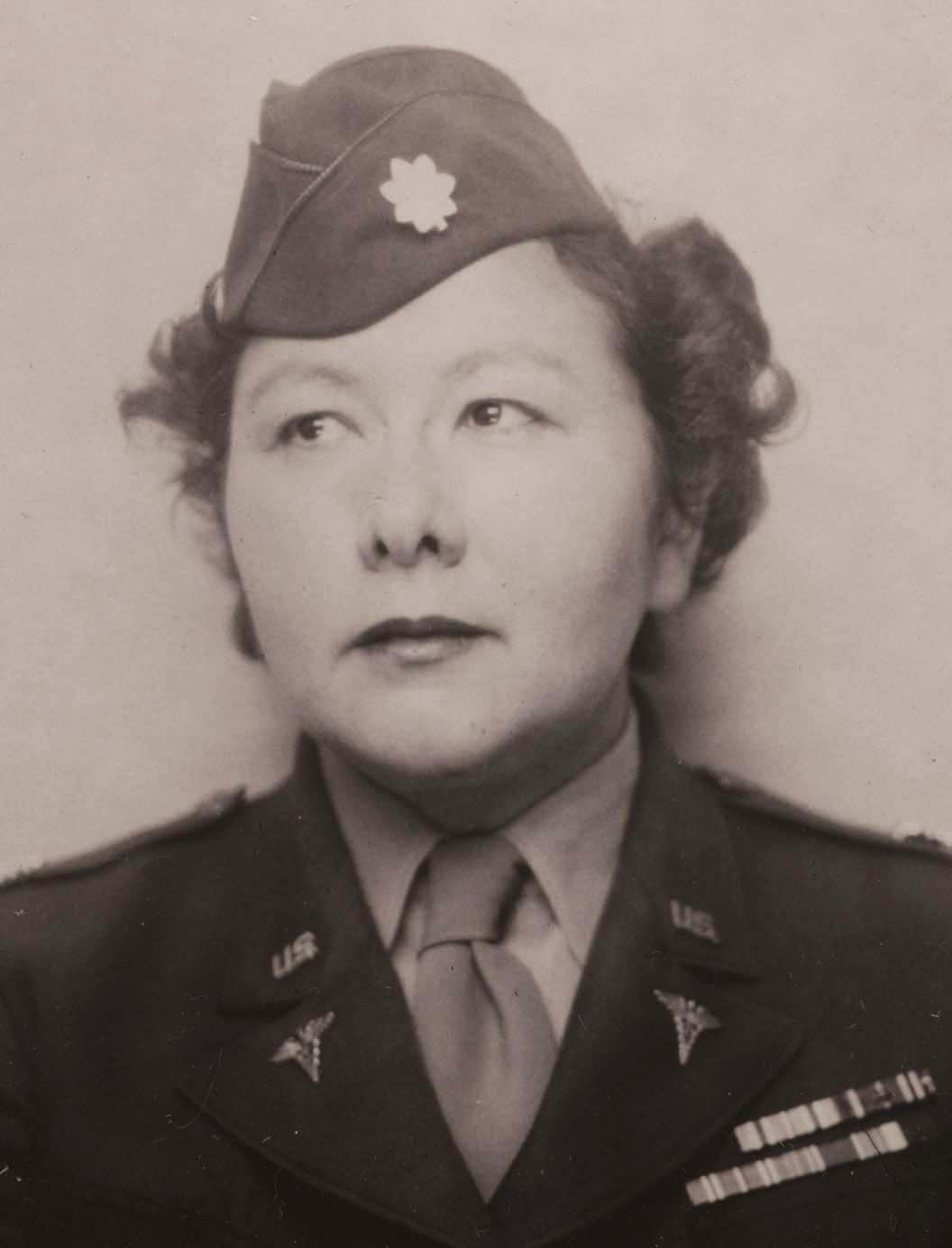Clara Raven, MD, 1905-1994
By Emma Florio, Special Collections Library Assistant
 |
|
Raven's medical school class of 1938 portrait, Galter Library Special Collections. |
Clara Raven was born in Russia in 1905 to Jewish parents. In 1916 the family emigrated to the United States and lived in Youngstown, Ohio, and then Detroit, Michigan. Raven earned her bachelor’s and master’s degrees in bacteriology from the University of Michigan before enrolling at Duke Medical School, where she was the only female student. She transferred to Northwestern University Medical School at a time when the school, like many co-ed medical schools, had a quota on the number of women accepted to each class. To support herself financially while attending medical school, she conducted bacteriology research at Northwestern and at Cook County Hospital, and she used her knowledge of Russian, German, Spanish, French, and Italian to translate and abstract articles for the American Medical Association. Raven received a Bachelor of Medicine degree from Northwestern in 1936 and her MD in 1938. She did residency training in pathology at Cook County Hospital and at the Chicago Municipal Contagious Disease Hospital, and she interned at the Chicago Women & Children’s Hospital.
After her residency and internship, Raven taught pathology at the University of Illinois’s medical school for a short time before accepting a research fellowship at the University of Liverpool in England, where she studied the spread of typhoid fever through drinking water. In 1939, on the brink of World War II, she returned to the United States. She taught at the Woman’s Medical College in Philadelphia and acted as Director of Laboratories at the Scranton State Hospital. When the US entered the war, Raven volunteered to serve in the Army but was not accepted until Congress passed temporary legislation to admit women to the Army in 1943. When she enlisted in the Army Medical Corps in July 1943, she became one of the first women physicians commissioned in the United States Army. She was first assigned to the 239th General Hospital in France as a specialist in infectious hepatitis. When the war ended, she was the chief of laboratory service at the 279th Station Hospital in Berlin, where she headed a staff of 35 American and German technicians. After the war she served as chief of laboratory service at Tripler Army Medical Center in Honolulu.
 |
|
Raven in uniform, circa 1947, Woman's Medical College of Pennsylvania Photograph Collection, Drexel University. |
Although Raven was officially discharged from the Army in October 1947, she continued to have a career in military medicine. She was the Chief Pathologist at the Veterans Administration Hospital in Dayton, Ohio until 1951, when she was recalled to the Army Medical Corps during the Korean War. Much like her work in World War II, she primarily focused on researching hepatitis and epidemic hemorrhagic fever in servicemen, and she served in one of the original MASH units.
When Raven returned to the US after her second tour, she was the Army’s highest ranking female physician on active duty. She then became a tissue pathologist at the Armed Forces Institute of Pathology in Washington, D.C., where she helped write and compile illustrative material for a Japanese textbook on histopathology (Raven had previously served in Japan and with the Japanese on the Atomic Bomb Casualty Commission after World War II and during the Korean War). She subsequently worked as chief of laboratories at Army bases in Alabama and Oklahoma. In 1959 Raven retired from active military service and entered the Army Reserve Medical Corps. Two years later she became the first woman physician to achieve the rank of full colonel in the Medical Corps, which simultaneously made her Michigan’s highest-ranking servicewoman at the time. She retired from the military altogether in January 1965.
The next chapter in Raven’s career was the 12 years she spent as the appointed Deputy Medical Examiner of Wayne County, Michigan, which includes the Detroit metropolitan area. During this time she became known for researching sudden infant death syndrome, which she did for over 20 years. In the early 1970s she testified before a United States Senate subcommittee to encourage funding for SIDS research. She also testified before the Michigan State House Committee on Social Services in support of legalizing abortion. She retired from the Medical Examiner’s Office in 1970. According to her obituary, one of her greatest disappointments was being repeatedly passed over to become chief medical examiner because she was a woman.
In recognition of her pioneering achievements, Raven received the Northwestern Alumni Merit Award in 1962, the Elizabeth Blackwell Award from the American Medical Women’s Association in 1983, and was inducted into the Michigan Women’s Hall of Fame in 1987. She was the first female officer to become a member of the Military Order of World Wars and the Association of Military Surgeons. Raven died in Detroit on May 2, 1994.
Selected References
Calmen, Jean. “Detroiter was a medical pioneer.” Detroit Free Press. May 5, 1994.
“Michigan Women Who Made a Difference: Clara Raven.” Jewish Historical Society of Michigan. June 2017.
Raven, Clara. “Achievements of Women in Medicine, Past and Present: Women in the Medical Corps of the Army.” Military Medicine. February 1960.
Updated: March 22, 2023